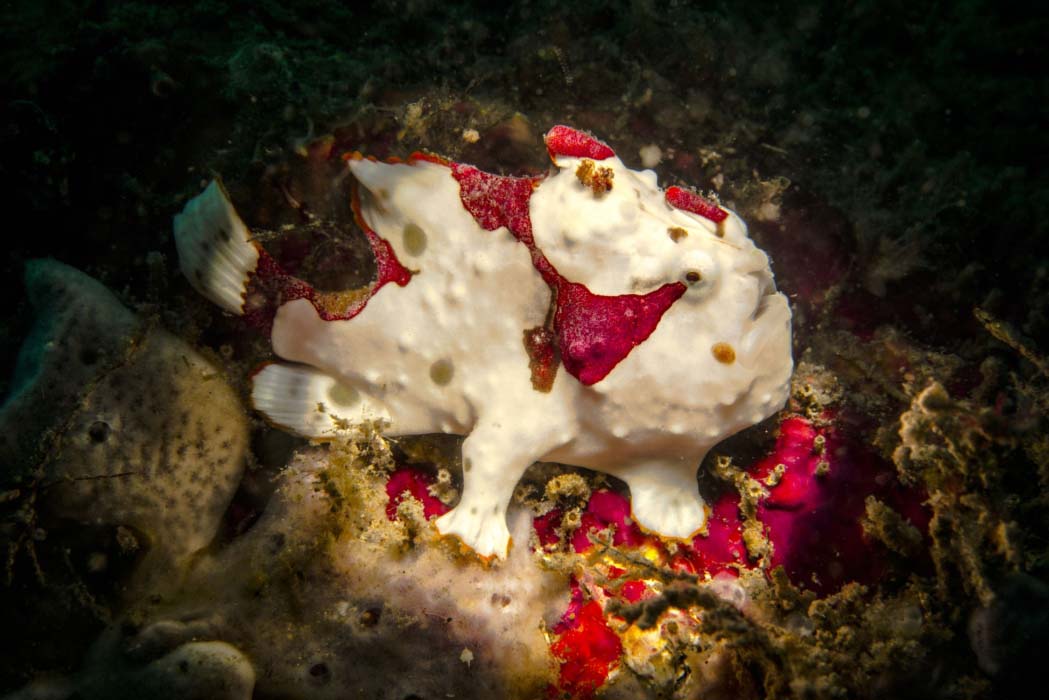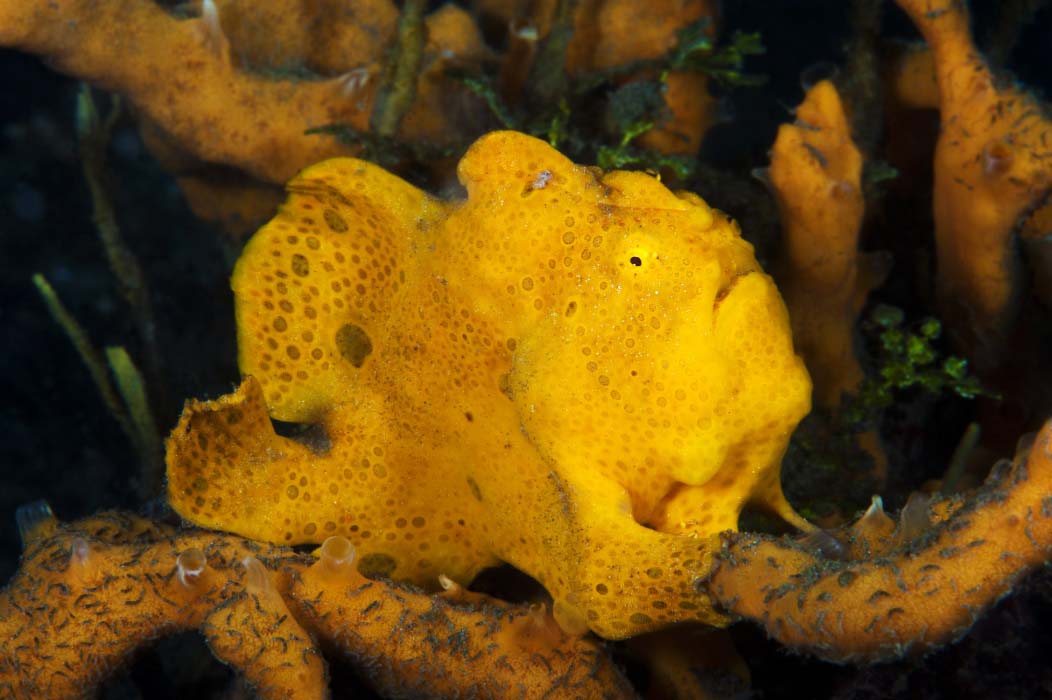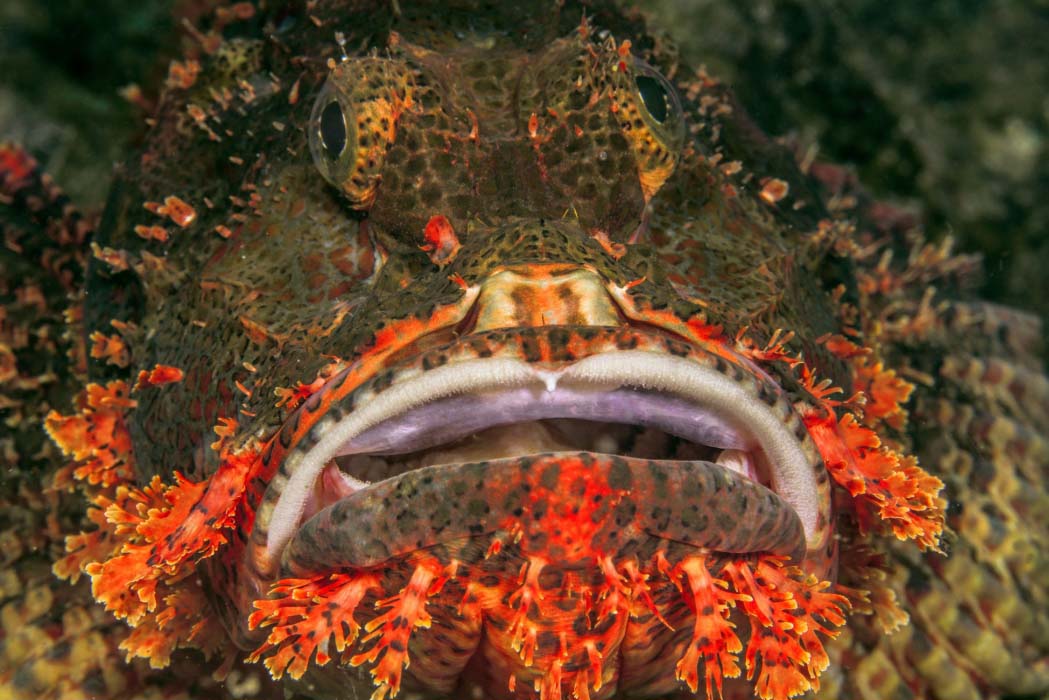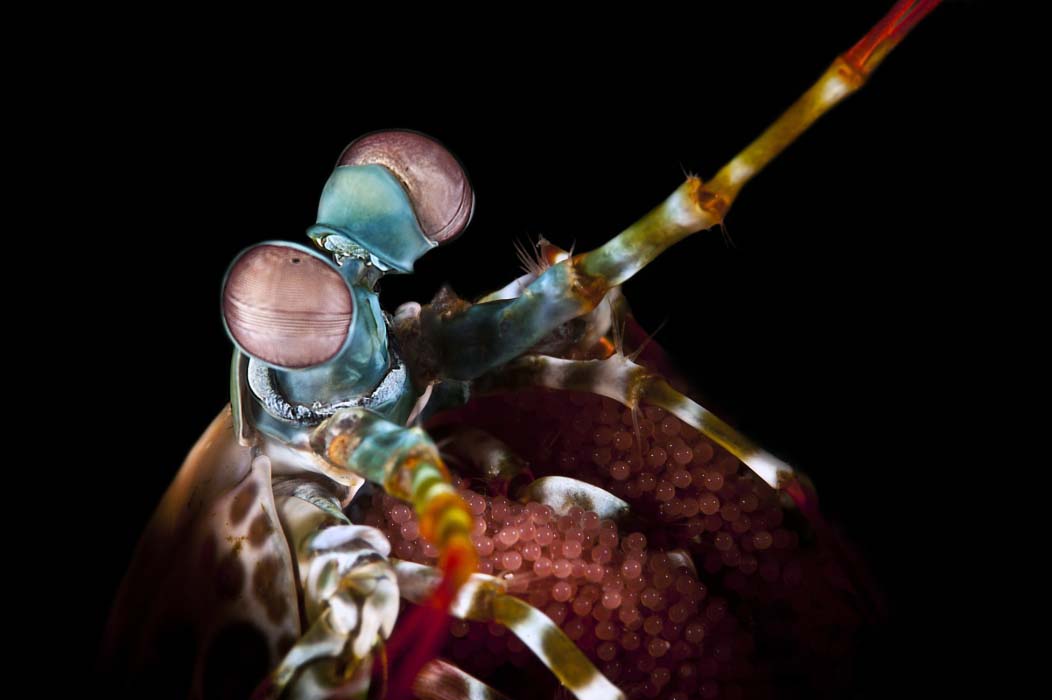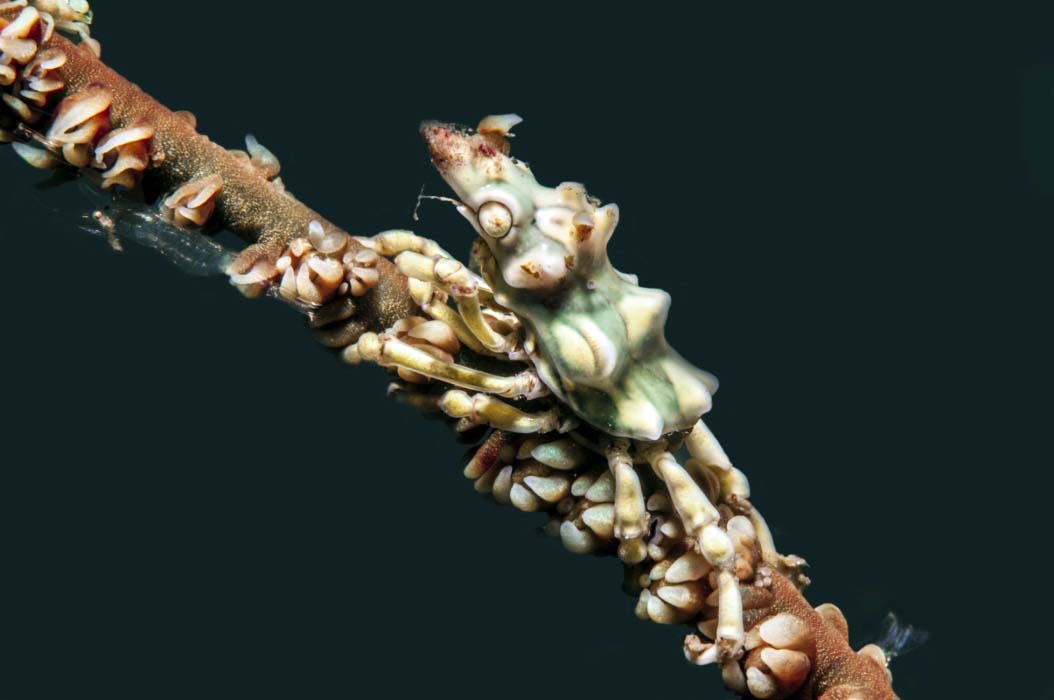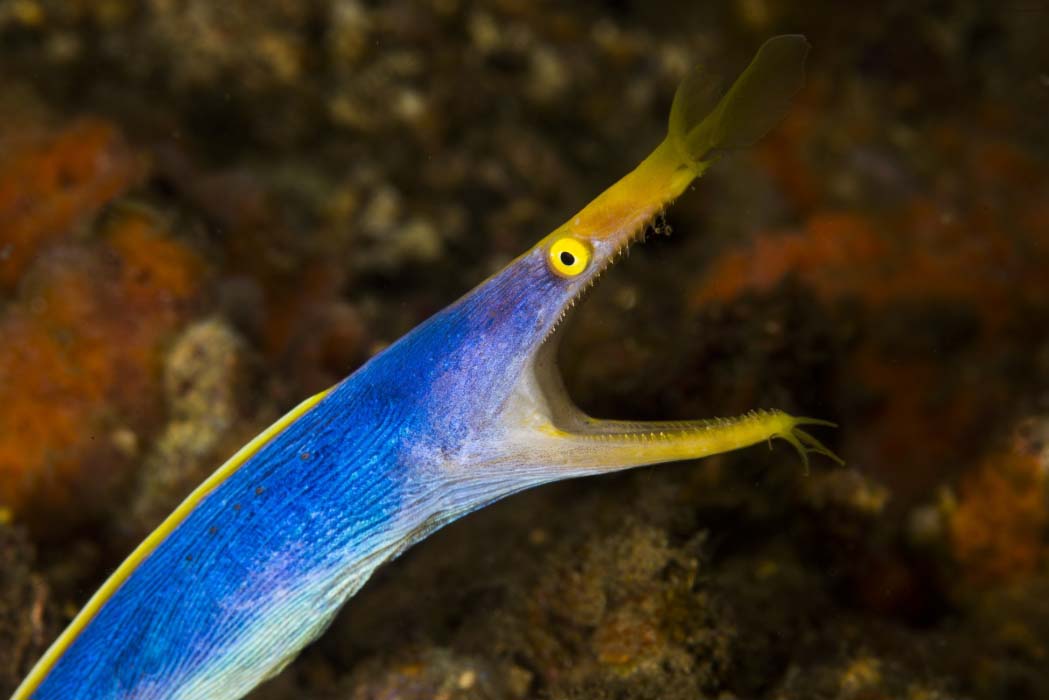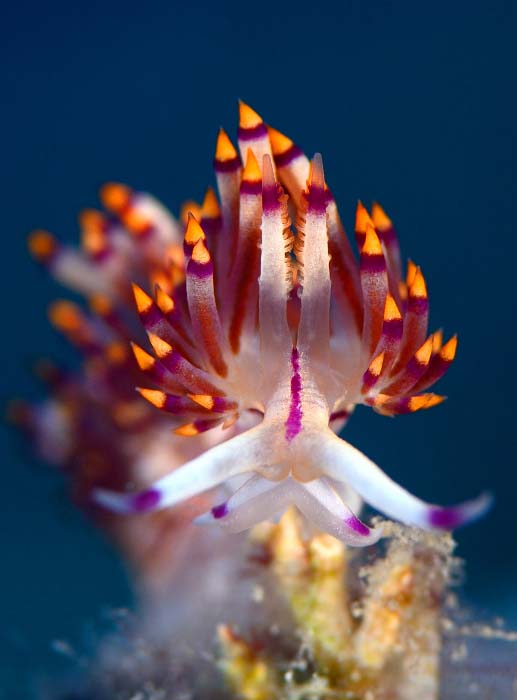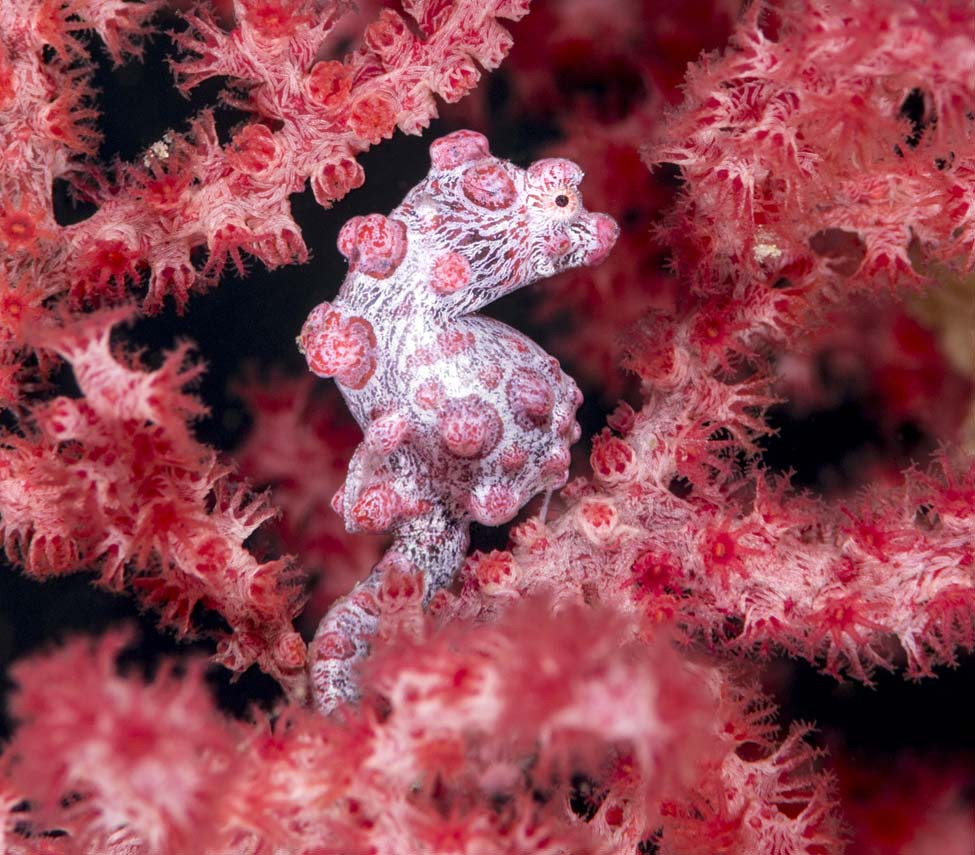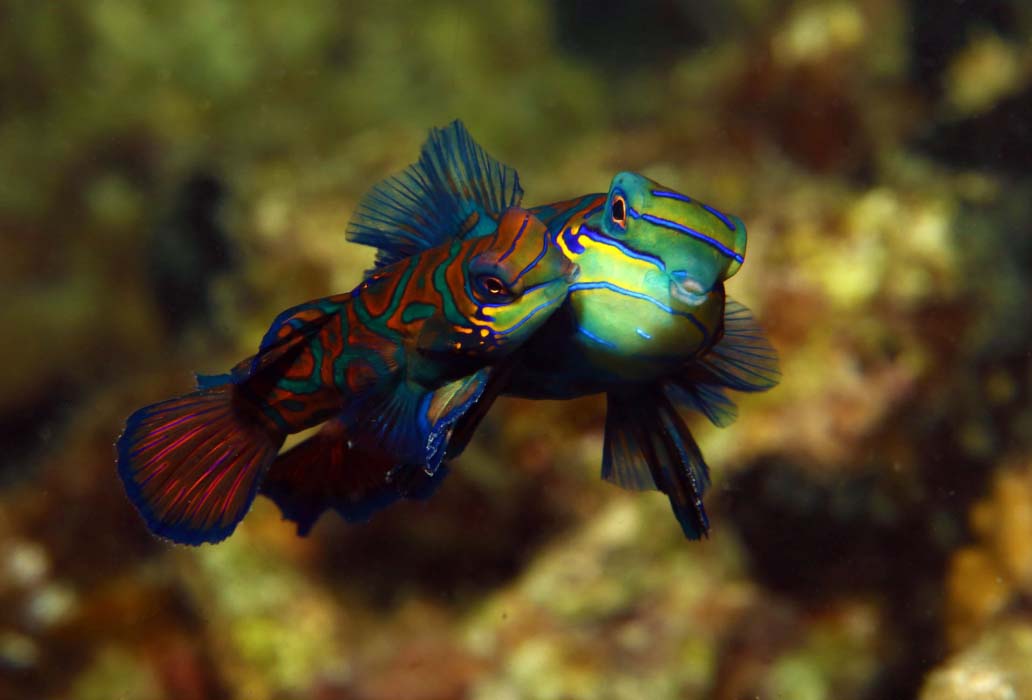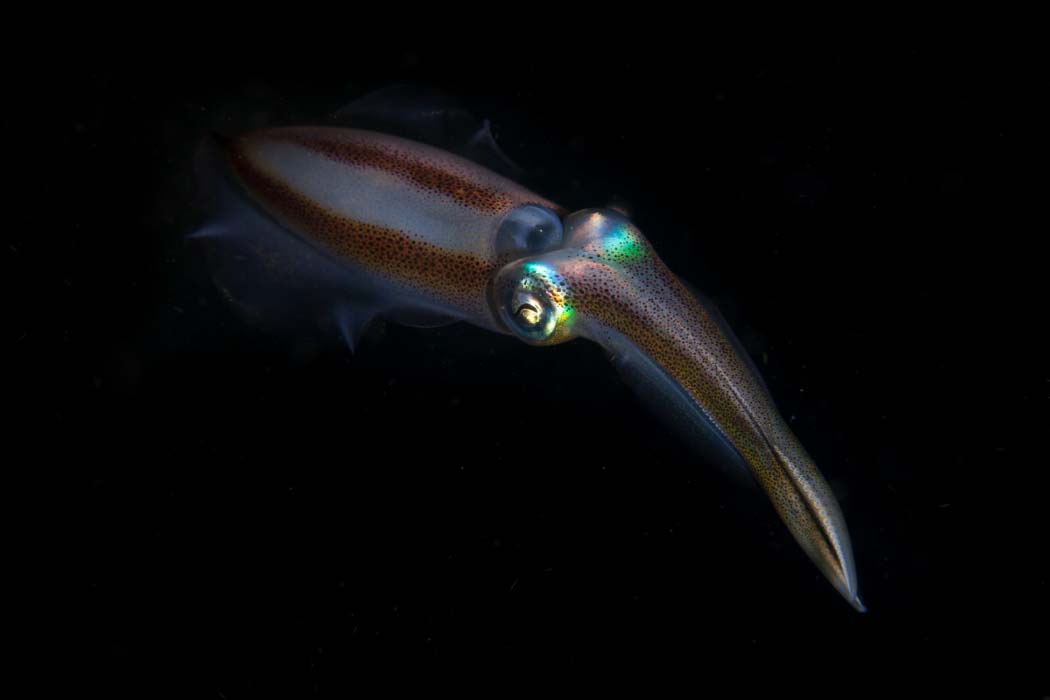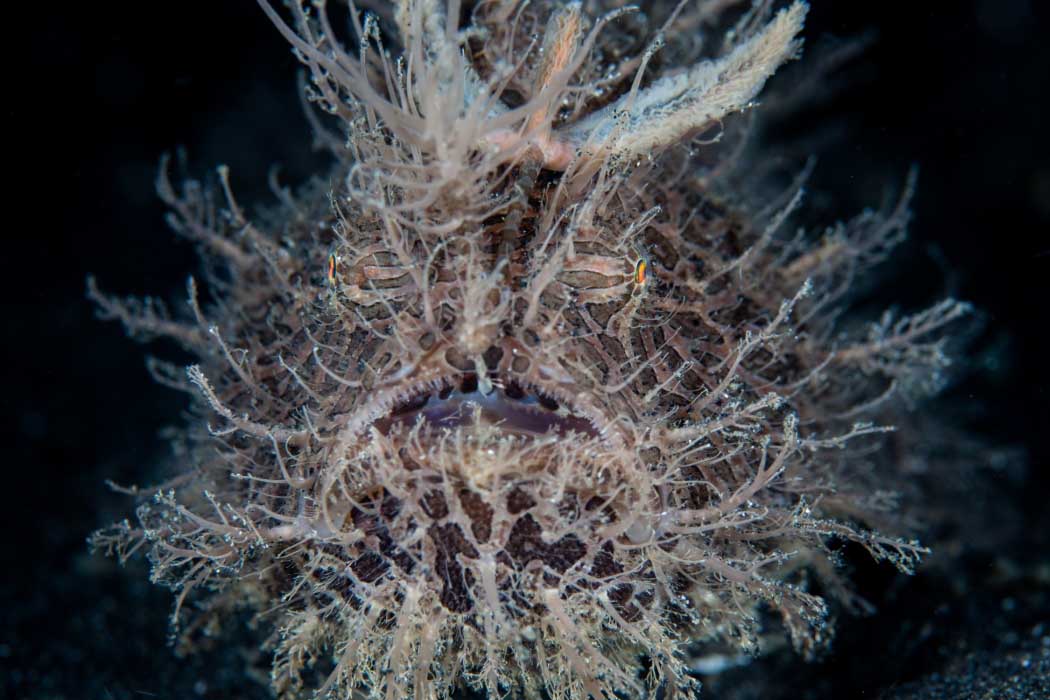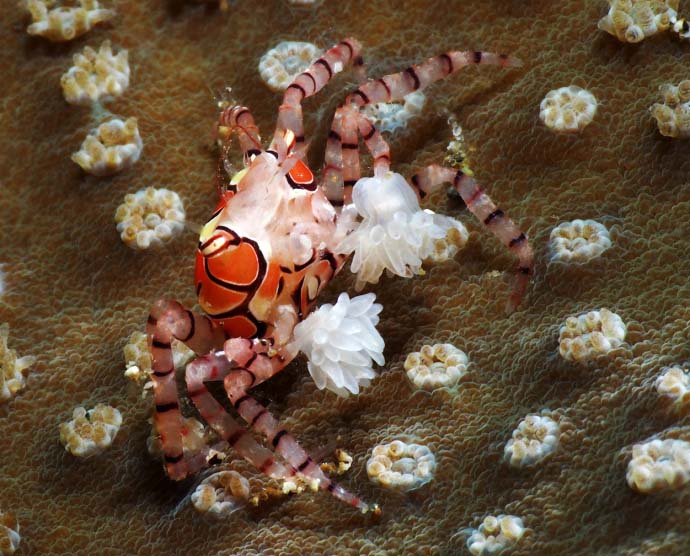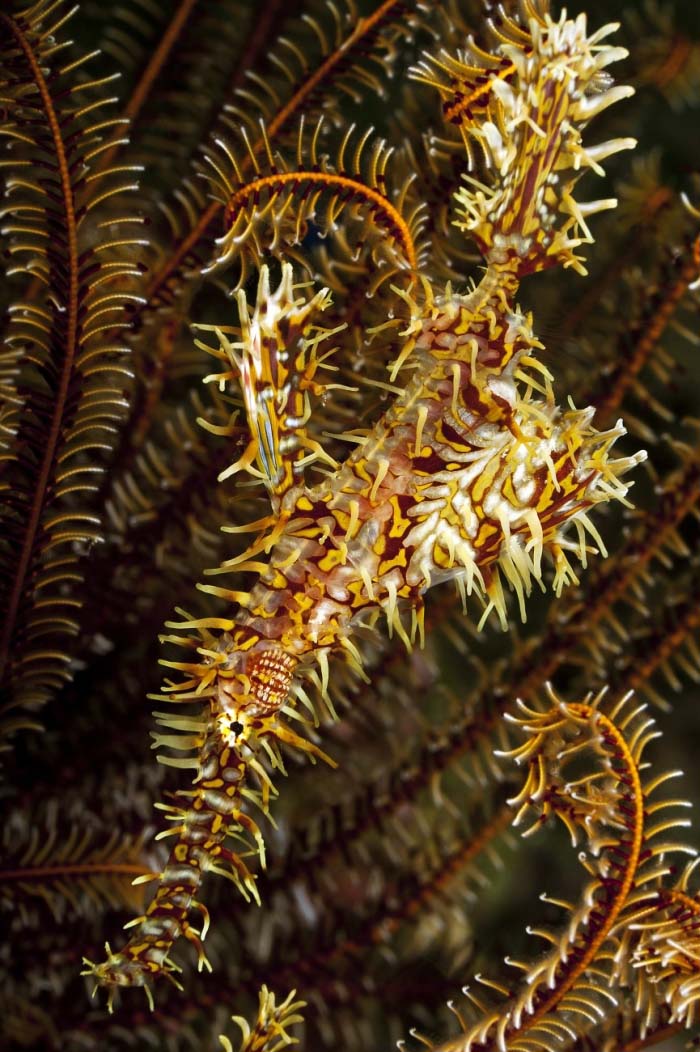Best Critter Diving Destination
Macro Underwater Photographers Paradise!
MUCK DIVING IN MABUL
World Class Muck Diving Destination
Located off Sabah’s south-eastern coastline, Mabul is an island surrounded by brilliant marine diversity and excellent muck diving sites, and even snorkelers can enjoy the micro-life found at Mabul’s muck dive sites. What’s even better is that most of Mabul’s best dive sites are very close to the shore, where there are calm, clear and shallow waters to enjoy. As one of the most popular island for muck diving, Mabul offers exceptional biodiversity and interesting creatures that promise to broaden your diving horizons. Mabul’s climate is warm and pleasant and diving at Mabul is possible all year long. Whether you visit Mabul for its close proximity to Sipadan Island or whether you’re a muck diving enthusiast looking to explore one of the best muck diving spots in the world, Mabul Island has plenty to offer and should not be left off your diving bucket list.
MABUL MARINE LIFE
Macro Critters
Look out for vibrant mandarin fish, pigmy seahorses, ribbon eels and nudibranchs in every variety. Mabul Island will show you cuttlefish, frogfish, sea moths, baby lionfish and decorater crabs. There are also shrimp of every size, shape and colour!
Mabul Island offers excellent muck diving opportunities and is considered by many to be one of the world’s best muck diving locations.
Mabul Island boasts Paradise 1 and Paradise 2, Ribbon Valley, 1, 2 and 3 and the excellent Crocodile Lairs nearby.
WHY MABUL ISLAND?
In the Heart of the Coral triangle
Southeast Asia is one of the world’s best diving destinations thanks to its diverse and exciting marine environment. Muck diving at Mabul Island is an excellent opportunity to get to know some of the world’s weirdest, smallest and wackiest marine lifeforms. You won’t find many of these odd-looking creatures when muck diving elsewhere as so many of them are unique to the island of Mabul.
For avid underwater photographers, especially those interested in macro photography, Mabul Island is an excellent choice to photograph some of the world’s most interesting underwater creatures.
WHAT IS MUCK DIVING
An Introduction
Muck diving, although the name doesn’t sound awfully pleasant, is actually a fantastic treasure hunt for the weird and wonderful marine creatures in the world. The phrase ‘muck diving’ refers to diving in muddy and murky conditions in an environment where the seafloor consists of sediment, sand especially volcanic sand, silt, pebbles and dead corals. There are also sometimes stray branches from trees as well as debris and garbage which all provide hiding places for the small critters that call the area home. This is paradise for a macro lifeform, and rare and bizarre creatures can be seen thriving in such environments.
WHAT IS MUCK DIVING
Dive Site Conditions
The visibility on muck dives is usually limited, however it is not always bad. Muck diving means that the sea floor is sandy, and that diving takes place in relatively shallow water. Muck diving sites are not always suitable for bright, colourful corals to thrive, however they may be present in small patches. Exotic creatures such as colourful nudibranchs, rare pygmy seahorses, crazy-looking anglerfish and even the beautiful but deadly blue-ringed octopus can all be found when muck diving. There are also yellow and purple cuttlefish and wonderpus to be seen.
WHO IS MUCK DIVING FOR?
Muck Diving Enthusiasts
Muck Diving has only recently become a popular form of diving and has proved to be quite the diving sensation in recent years. Muck diving began in Papua New Guinea when a handful of divers decided to dive off a sandy beach and explore the shallow are nearby. Small, unique and odd-looking critters can be seen beneath the sand and silt.
Muck diving enthusiasts range from beginner to master scuba divers. Many people who enjoy muck diving are also interested in underwater photography. It is most popular with those that enjoy spotting small, rare and odd-looking subjects as opposed to divers who enjoy looking for large marine animals in bright blue water. Underwater photographers with macro lenses will love the vast array of photograph subjects available when muck diving.
Many macro creatures are so small that they are best seen using a magnifying glass or a macro lens. Due to the nature of the seafloor at muck diving sites, the environment is susceptible to reduced visibility. For this reason, muck divers should have excellent buoyancy control so as not to disturb the silt and sand and reduce visibility even further.
MARINE LIFE
What to See when Muck Diving
Muck diving is not just about the small stuff. There are a number of larger creatures that enjoy murky conditions such as eels that can stretch up to 3 feet and frogfish that can grow to be the size of baseball gloves.
From the larger marine life to the smallest of small, skeleton shrimp are only the size of a single hair! Slightly larger are the pygmy seahorses that are generally as big as a pinky fingernail. These and other shrimp can be seen, such as the stunning harlequin shrimp and the Donald Duck shrimp. Pacific thorny seahorses grow between 3 and 6 inches tall and can often be found at muck diving spots. Eels of every type enjoy these conditions including garden eels, snowflake, white eyed and snake eels and zebra moray eels too. The eels come out to feast at night, so there’s still plenty to see if you choose to do a night muck dive. Flying gurnards can often be seen at night as they ‘fly’ over the sand.
MACRO UW PHOTOGRAPHY
Underwater Photographers
Underwater photographers love to capture the wide variety of nudibranchs you’ll see when muck diving as these crazy critters come in all shapes, sizes and colours with different patterns. Get to know a number of cuttlefish species including the pygmy and the broadclub cuttlefish. One of the wonders of the muck diving world is the flamboyant cuttlefish whose skin vibrates and changes colour to produce a mesmerizing effect.
WHERE TO GO MUCK DIVING
The Coral Triangle
Excellent Muck Diving is mostly found in the Coral Triangle, a large area of tropical water that includes Malaysian Borneo, Philippines, Papua New Guinea, Indonesia and the Solomon Islands. The underwater life in this area is superb, offering both brilliant reef diving and muck diving opportunities.
Muck diving is also excellent in Southeast Asia, where the waters are shallow and calm and the marine life is abundant. The warm climate is sunny and pleasant all year long and it is rated by many to be one of the top muck diving destinations in the world.
Other environments such as volcanic areas are also ideal for muck diving. Some of the most popular muck diving sites in the world include Mabul Island in Malaysia, Milne Bay in Papua New Guinea and Lembeh Strait in Indonesia. Anilao in the Philippines and Bali and Ambon in Indonesia are very popular with muck divers.MUCK DIVING AT NIGHT
Sunset and Night Dives
Muck diving is very enjoyable in the evening and at night too. Sunset dives to see the bright and colourful mandarin fish are very special opportunities to see a fantastic mating display, whilst you might also see a star gazer buried in the sand with only its eyes and mouth visible. Night muck divers encounter such camouflage masters as the stone fish and scorpion fish which come out at night to hunt on the sandy seabed. Flashlights or torches are good to have when muck diving as the light often helps to illuminate such well-camouflaged critters.
DIVE SEASONS
When should I go Muck Diving?
Southeast Asia offers an excellent climate for diving all year long. The days in Southeast Asia are sunny and warm and the nights are balmy and cool. Muck diving in Mabul can be done at any time of year as Mabul follows a typical Southeast Asian climate. Diving takes place in warm, shallow waters, so it is possible to remain underwater for a good length of time as you search through the sand and rubble to find the next exotic creature. It’s even possible to go muck diving at night.
SPECIAL DIVING SKILLS
Perfect Buoyancy
It’s important to maintain perfect buoyancy on a muck dive as the soft, sandy and silty sea floor is very easily disrupted by the kick of a single fin. Sand clouds resulting from disturbed sand will reduce the visibility in these calm waters and make it much more difficult to spot anything. In fact, many divers initially notice nothing special about a muck dive site, as when you first descend the surroundings seem little more than patches of uninhabited sand. It is only when an experienced dive guide points out the fantastically well-hidden critters that a muck dive site will come alive, and then the tiniest and strangest of critters seem to magically appear in the sand.
SPECIAL DIVING EQUIPMENT
Many muck divers make use of critter sticks, stainless steel rods that measure 14 inches long which are pushed into the sand and used to hold the diver in one position. Critter sticks should never be used to prod or harass the marine animals you encounter when muck diving. Critter sticks are also useful when trying to point out minute critters you discover on your muck dive.
The muck stick is used as an underwater stand of sorts, allowing divers to hold themselves in place without disturbing the sandy seabed which would reduce visibility. Muck sticks are also used as basic monopods for underwater cameras and can also be used to attract attention by banging on your air tank.
Muck sticks are useful for muck divers and, if used correctly, should be the only thing to touch the sea floor during a muck dive. The diver, their fins and their cameras and equipment are always away from the floor so as not to disturb it and reduce visibility.
TIPS & CONSIDERATIONS
Successful Muck Diving
Having an experienced and knowledgeable dive guide is very important when going on a muck dive. Dive guides will know what critters to look out for and where they usually hide. Muck diving requires a steady and trained eye as many of the creatures blend perfectly into their surroundings while others make use of camouflage and can be very difficult to spot.
Muck diving is a rare recreational pastime that allows you to find new and exciting species and see some of the weirdest and most wonderful critters that you never knew existed. What’s even better is that muck divers have a list that never ends when it comes to finding critters – there’s so much to see and so many creatures to discover.
Nitrox is very popular amongst muck divers and combining the two is a good idea for a number of reasons. As the sites are quite shallow (between 20 and 80ft deep), divers opting to dive with Nitrox will be able to take advantage of longer bottom times.
MABUL MUCK DIVING REVIEWS
Flynn
Mathias
Yan
SIPADAN DIVE PERMITS
Let us handle your diving holiday to Mabul and Sipadan.
We will send you the best prices and latest offers.
Disclaimer: Asia Dive Holidays Sdn. Bhd. (KPK/LN: 8399) is the Only Travel Agent Associated with Mabul.com
For further clarification, Contact Us or Call our office during office hours at +60 (0) 88 257 669.
Copyright MABUL.COM © 2023. All rights reserved.
